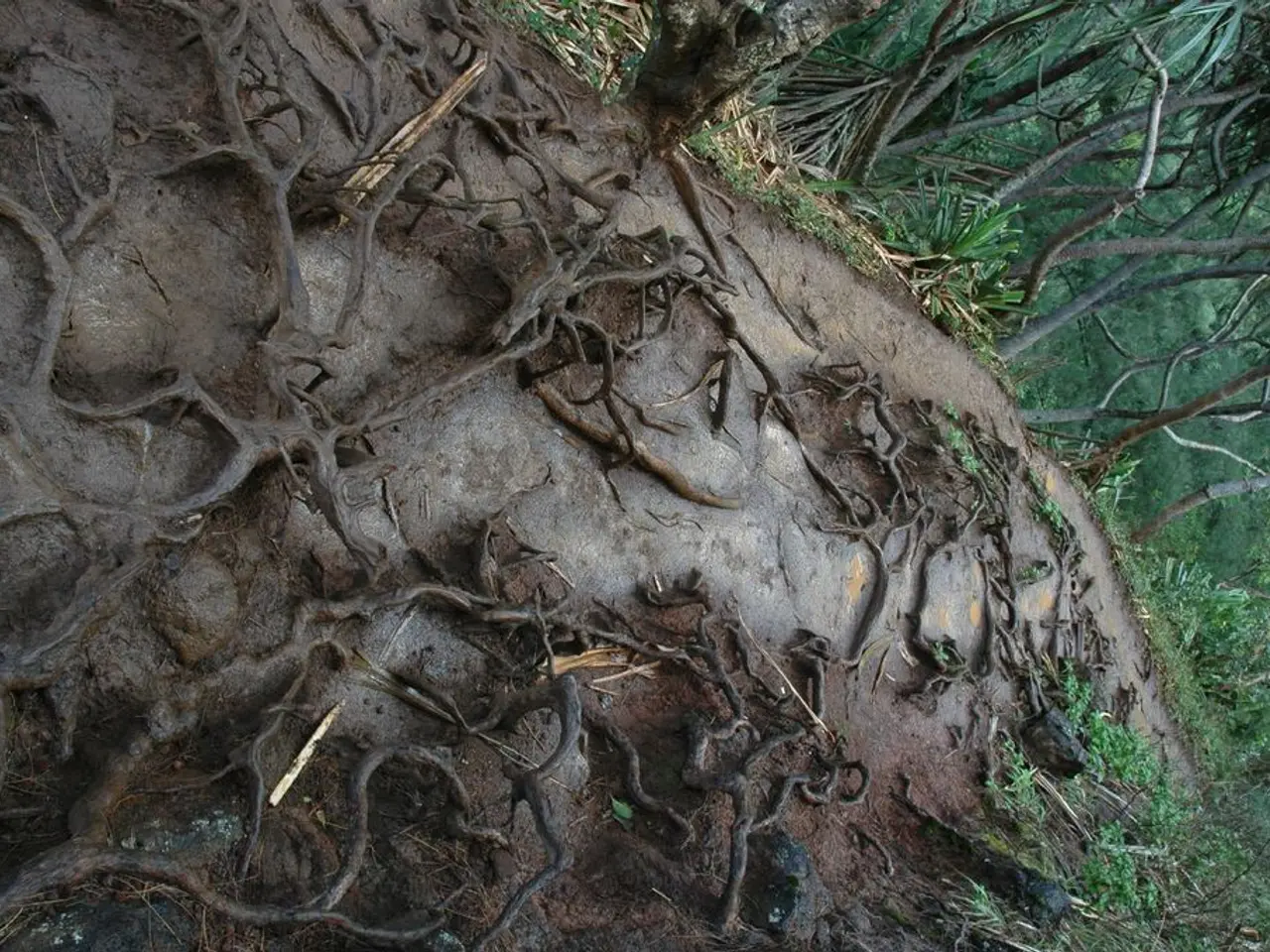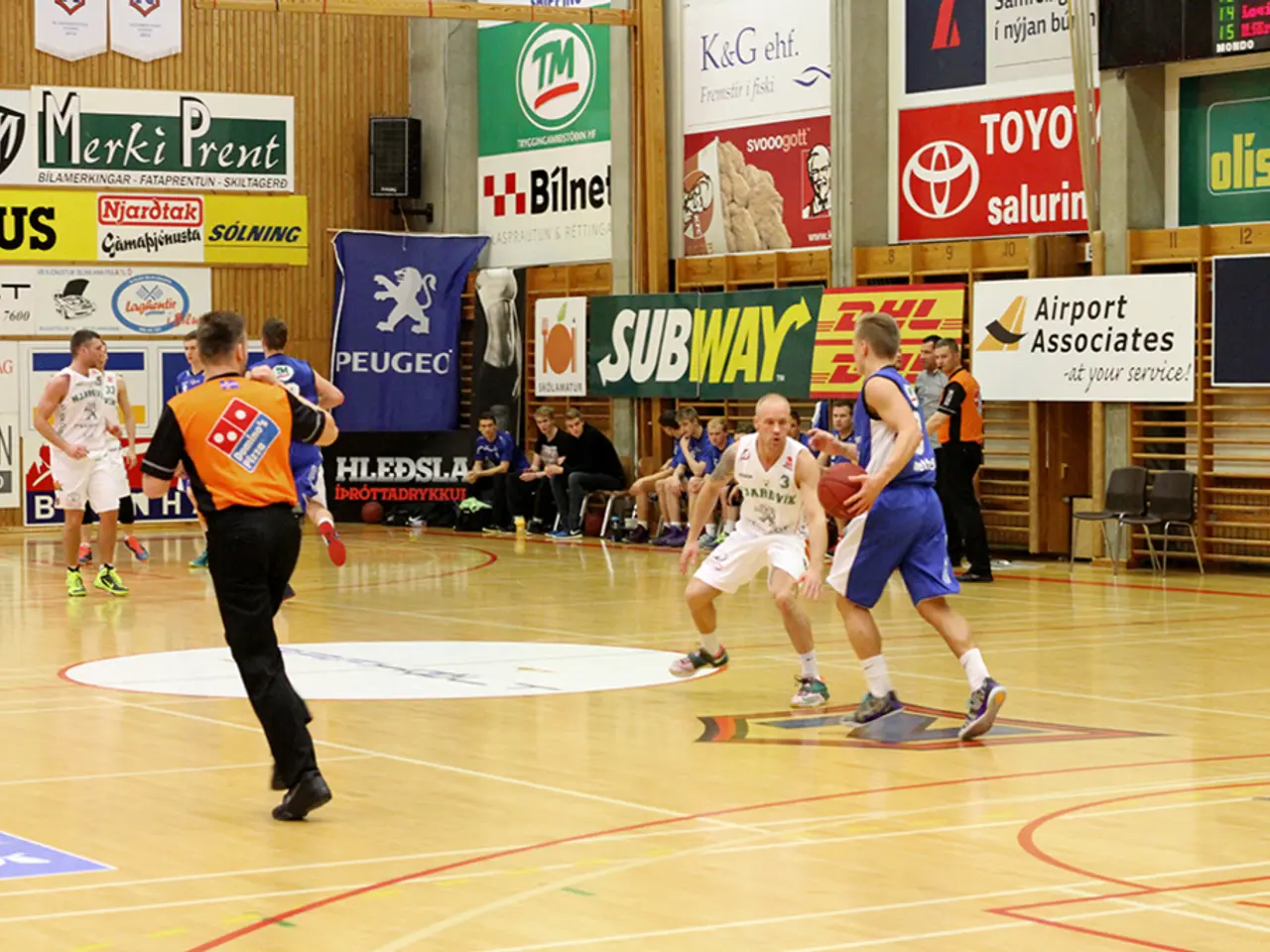Methods for Shrinking Bonsai Root Structures: Strategies for Promoting Tree Health
In the world of bonsai, the health and vitality of a tree depend not only on its visible aerial parts but also on the unseen network of roots beneath the soil. Proper root management is crucial for maintaining a small, efficient root system that supports healthy bonsai growth.
One common issue faced by bonsai enthusiasts is rootbound conditions, where the roots fill the pot, circle tightly around the interior edges, and become densely tangled. This often leads to stunted growth, poor nutrient uptake, and stress for the tree. Recognizing rootbound conditions is essential, and signs include slowed or no new growth despite proper care, and roots may be visible circling or protruding from drainage holes when repotting.
To address rootbound conditions optimally for the health and growth of bonsai trees, the key steps are:
- Repotting every 1-2 years or whenever the bonsai becomes rootbound. This provides fresh soil and space for healthier root development.
- Root pruning during repotting: Carefully remove the tree from the pot and trim the circling, excessively long roots. Cut back old, thick roots while preserving fine feeder roots. This encourages new, active root growth closer to the trunk, improving nutrient absorption and vigor.
- Use sterilized tools to trim roots safely and reduce infection risk.
- After pruning, repot the bonsai in fresh, well-draining bonsai soil (often a mix including akadama, pumice, lava rock, charcoal) and ensure the pot has adequate drainage to avoid waterlogging.
- Secure the tree gently in the pot, checking correct position and root spread to avoid air pockets and promote healthy root-to-soil contact.
- Adjust care to encourage recovery: proper watering (avoid overwatering), balanced fertilization during the growing season, and appropriate lighting.
A gentle touch and keen observation are necessary to identify dead roots, which often appear brittle, soft, or discolored. Pruning dead roots enables the bonsai to redirect energy towards healthier root growth, promoting a more robust and resilient root system. By pruning dead roots, bonsai enthusiasts can create an environment conducive to healthier root growth, ultimately enhancing the tree’s overall vigor and aesthetic appeal.
Embracing the art of root ball reduction, bonsai enthusiasts can liberate their miniature trees from the constraints of rootbound conditions, thereby revealing a new era of vitality and aesthetic excellence. Pots with good drainage holes are essential to prevent water from accumulating and causing root rot. Distinguishing between dead and living roots is essential during pruning, as mistakenly cutting essential roots can cause irreparable harm.
In summary, recognizing rootbound by dense circling roots and slowed growth, and addressing it by repotting with root pruning and fresh soil every 1-2 years, is key to maintaining a smaller, efficient root system that supports healthy bonsai growth. By fostering a healthy root system, bonsai enthusiasts can cultivate thriving, vibrant trees that showcase the beauty and artistry of this ancient practice.
- Maintaining a lifestyle focused on bonsai care requires understanding the importance of fashion-and-beauty items like pots with good drainage holes.
- In the realm of hobbies, bonsai enthusiasts must prioritize home-and-garden chores such as repotting every 1-2 years to ensure a healthy small root system.
- When it comes to relationships, occasionally pruning dead roots in a bonsai tree can redirect energy towards healthier growth, promoting a more robust and resilient root system.
- In the world of food-and-drink, it's crucial to maintain a balanced diet, similar to how balanced fertilization during the growing season fosters a thriving bonsai tree.
- For self-development through education, understanding the signs of rootbound conditions in bonsai trees – such as slowed growth – can enhance one's skills in cultivating these miniature trees.
- Travels involving casino-and-gambling might not offer the same level of reward as nurturing a bonsai tree, but both require strategic decisions and patience.




